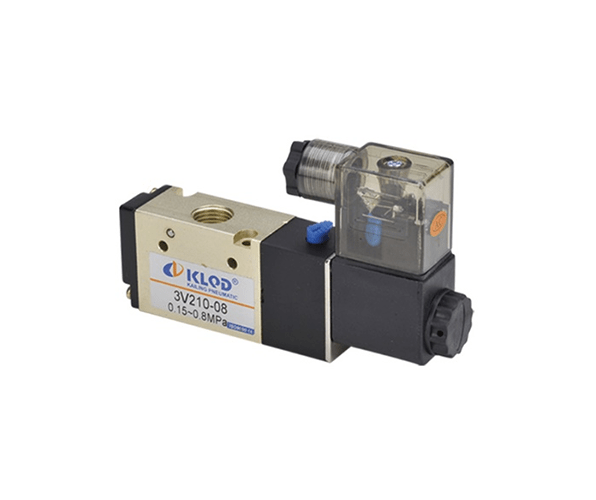
Figure 1: 3/2 3V210-08 single electric solenoid valve
A solenoid valve is an electro-mechanical valve that is commonly employed to control the flow of liquid or gas. A 3/2 solenoid valve, also called a 3/2-way valve, has three ports and two positions that can be driven pneumatically, mechanically, manually or electrically via a solenoid valve.
The two-position three-way solenoid valve is controlled by double coils. When one coil is instantly energized, the power is turned off and the valve is opened, and the other coil is momentarily energized, while the power is turned off and the valve is closed. It can be kept closed or open for a long time, making the coil life longer.
Characteristics of 3/2 Solenoid Valves
The two-position three-way in the 3/2 solenoid valve refers to the function of the valve (spool). Two positions means that the spool has two working positions, i.e., the initial position before the spool moves, and another working position after the spool moves.
Three-way means that the valve can realize the switching of the channel in the initial position to another channel when it is in another position. For example, for the three ports in ABC, the initial position is the AB port, and the AC port is open when the valve moves to another position. This is equivalent to a single-pole two-position switch.
There are actually five ports on the valve body, so it is also called a five-port two-position three-way valve. The other two ports are used by the system according to functional requirements, often used as venting and return ports in pneumatic systems. The 3/2 solenoid valve is the most common type of switching control valve in pneumatic/hydraulic control systems.
The specification range of the 3/2 solenoid valve is shown in the following figure:

Figure 2: Specification ranges of 3/2 solenoid valve.
Working Principles of 3/2 Solenoid Valves
One inlet and one outlet:
Normally closed:
When the solenoid valve coil is energized, air flows from the inlet (1) to the outlet (2), and the exhaust (3) is closed, as shown in figure 3.

Figure 3: Air flows from inlet to outlet.
When the solenoid valve coil is de-energized, air flows from the outlet (2) to the exhaust (3), and the inlet (1) is closed, as shown in figure 4.

Figure 4: Air flows from outlet to exhaust.
Normally open:
When the solenoid valve coil is de-energized, air flows from the outlet (2) to the exhaust (3), and the inlet (1) is closed.
When the solenoid valve coil is energized, air flows from the inlet (1) to the outlet (2), and the exhaust (3) is closed.
One inlet and two outlets:
When the solenoid valve coil is energized, the first circuit (2) at the outlet of the medium performs the "open" action, and the second circuit (3) performs the "close" action.
When the solenoid valve coil is de-energized, the first circuit (2) at the outlet end of the medium performs the "closing" action, and the second circuit (3) performs the "opening" action.
Two inlets and one outlet:
When the solenoid valve coil is energized, the first circuit (2) of the inlet medium end will perform the "open" action, and the second circuit (3) will perform the "close" action.
When the solenoid valve coil is de-energized, the first circuit (2) of the inlet medium end will perform the "close" action, and the second circuit (3) will perform the "open" action.
Applications of 3/2 Solenoid Valves
3/2 solenoid valves are suitable for several tasks: driving pneumatic actuators, blow-off, pressure release and vacuum applications. And they are widely applied in metallurgy, petrochemical, pharmaceutical, tobacco, food and medical treatment, urban construction and environmental protection, water supply and drainage, heating and air conditioning, fire safety, scientific research, energy saving industry and other fields.
Related Info
What is a Directional Control ValveCommon Directional Control Valve Failures and the Solutions
What is a Color Coded Inductor Coil?
What is a Refrigeration Solenoid Valve?
5 Refrigeration Solenoid Valve Failures and the Solutions


